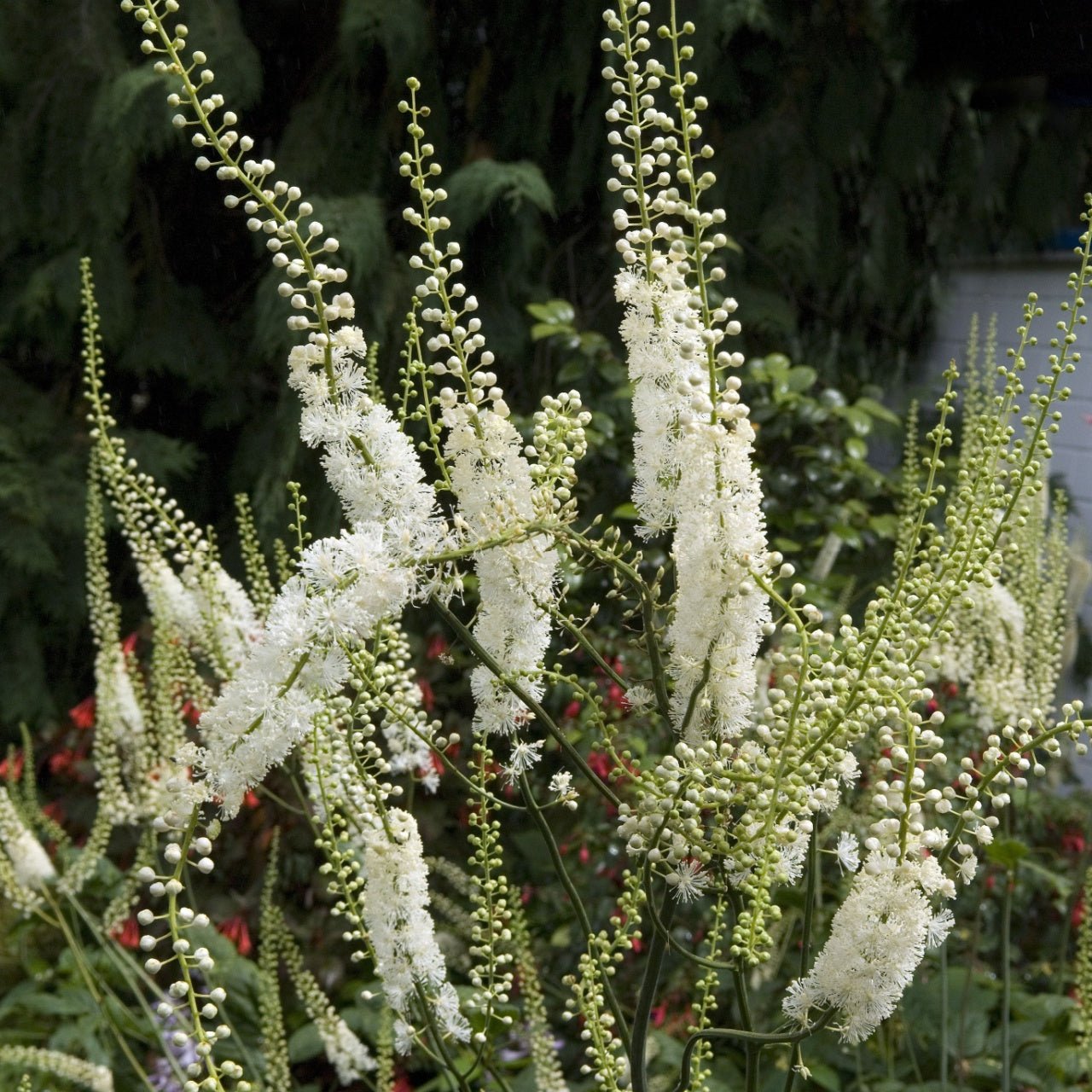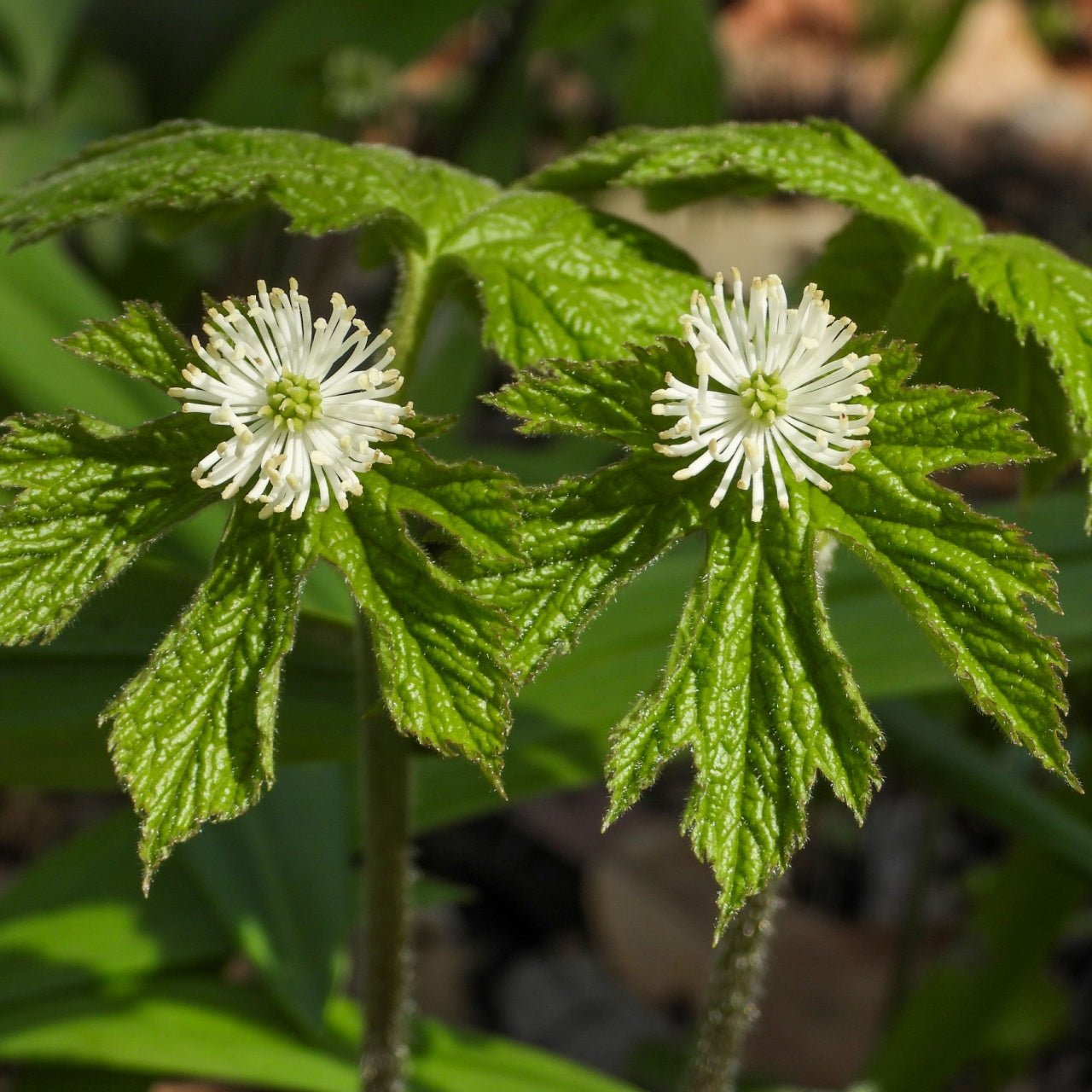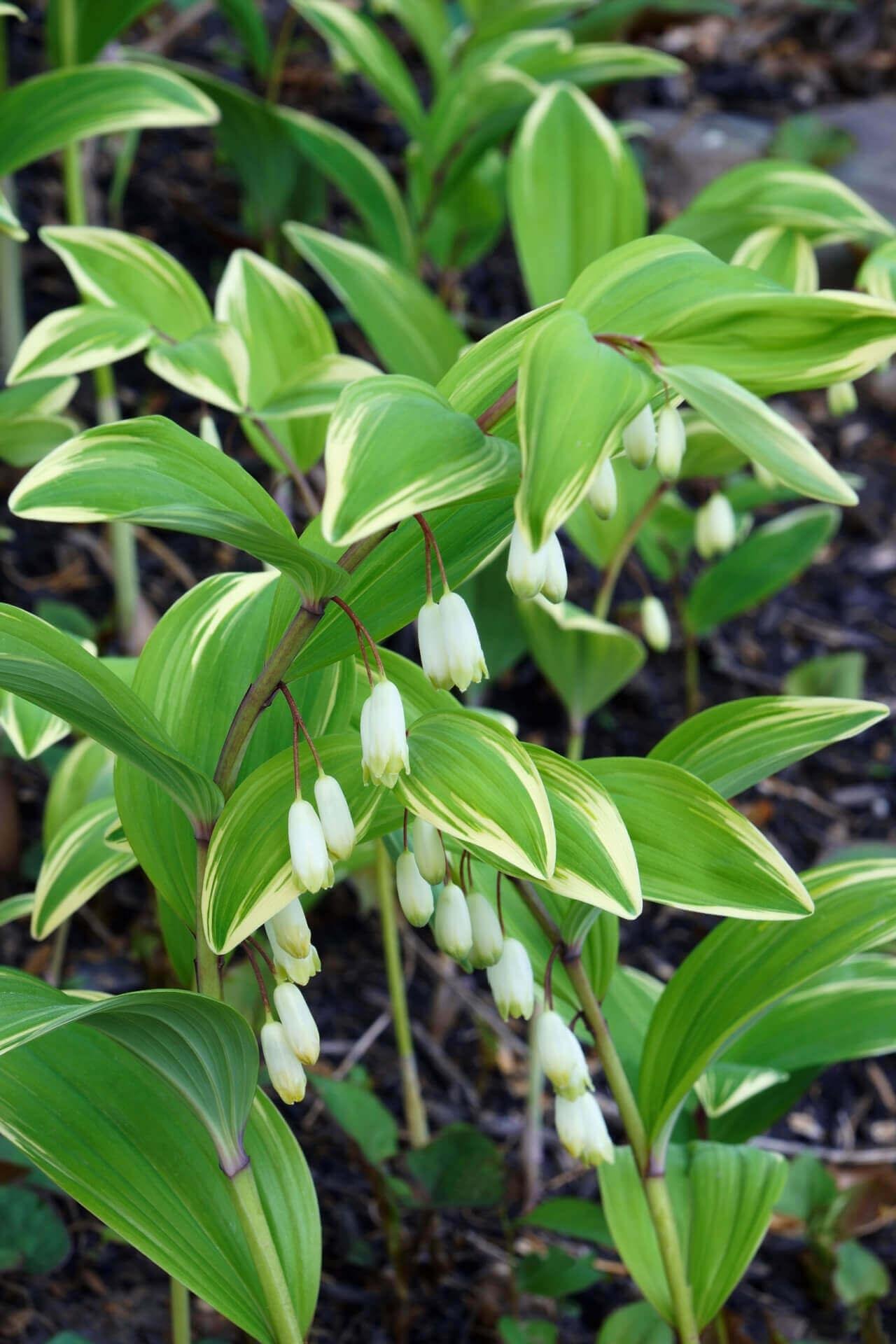



Blue Cohosh
Attractive foliage throughout the season
Low maintenance, resilient to pests
Thrives in shady garden areas
Thrives in
ZONE 3ZONE 4ZONE 5ZONE 6ZONE 7ZONE 8This plant ships:
Ships Week of May 19th1 Year Guarantee on all plants
Blue Cohosh - Caulophyllum thalictroides
The Blue Cohosh (Caulophyllum thalictroides) is a perennial herb with blue-green foliage, whose small flowers dry out to become pea-sized, blue, edible berries. It thrives in deciduous woodlands, specifically in moist coves and hillsides. The flowers and eventual berries are often overshadowed by the lush, plentiful foliage which can fill out any area in your woodland garden. As a slow-growing perennial it takes time to establish itself in any habitat, but then enjoys a long life in its quiet, undisturbed patch of earth.
Plant Details - Blue Cohosh
Family: Berberidaceae
Light Requirement: Shade, Partial sun
Water Needs: Moderate - Semi heavy
Height: 1-2 ft
Spread: 6 in-1 ft
Growth Rate: Slow
Soil Preference: Moist, Fertile, Loamy
Bloom Time: Spring
Flower Color: Dark purple
Wildlife Value: Attracts pollinators, Mice and Caterpillars
Notable Characteristics - Blue Cohosh
Blue Cohosh can be identified mainly by its stalks and leaves. A thin, single stalk grows erect from the ground, with equally thin branches growing off of it and branching into three leaves. The leaves are varying in size, with round edges that come to a point at the end. They are thin and silky, and their blue-green color is particularly eye-catching in large patches. The six petals of the flower are a dark purple-brown with yellow stamens that bloom in the spring, but dry out and curl into themselves before falling off in the summer. Bright blue berries grow in their place which add a beautiful, bold pop of color to the lush green leaves. This plant is an important North American native because it is fully edible. The seeds can be a substitute for coffee, the root is commonly used to treat pain from menstruation, or even return the reproductive cycle back to a normal pattern. You can make the berries into a tincture to treat arthritis or other body aches, and combine it with ginger, turmeric or solomon's seal to help your digestion.
Landscape and Maintenance
The Blue Cohosh is a resilient and long lived plant, which thrives among the oaks and maples in hardwood forests of the eastern United States. It grows especially well among other natives making it a great addition to your native garden! The flowers have nectar and pollen which are attractive to bees and other insects, while caterpillars love to make their homes on its lush foliage. Mice often enjoy eating the berries, and help to distribute its seeds through animal dispersal. The small flowers and berries often go unnoticed among its full leaves, but this steadfast plant is a beautiful, humble addition to any woodland area.
This Is How Your Plants Will Look upon Delivery
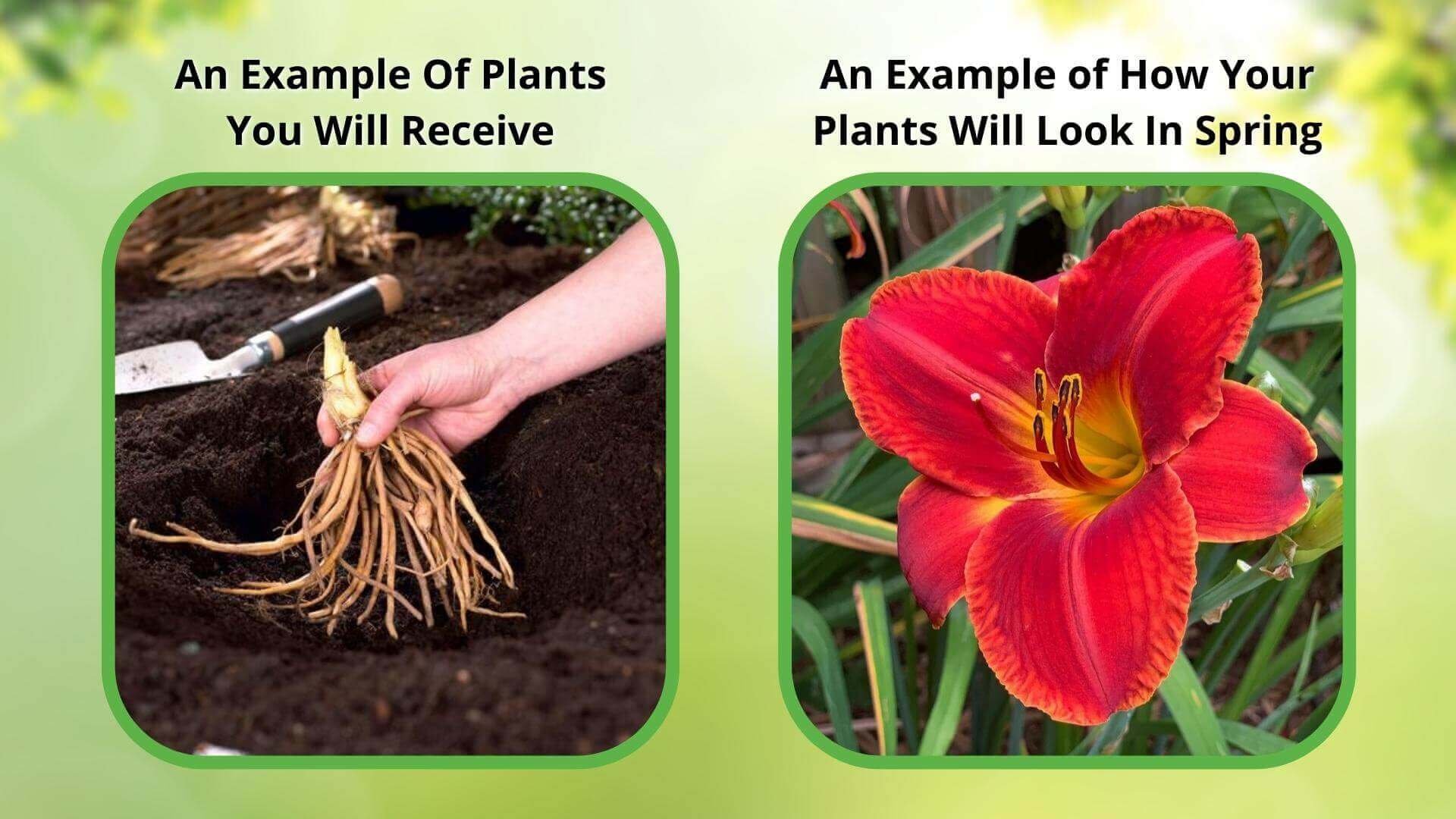
Bloom Season
Summer
Bloom/Foliage Color
Yellow
Height at Maturity
Over 12"
Care
Blue Cohosh grows best in well-drained, nutrient-rich soil with consistent moisture. Use mulch to retain dirt and moisture and protect roots. Water regularly during dry periods, but avoid waterlogged conditions. Trim dead foliage to promote healthy growth and prevent disease.
Plant Reproduction
Blue Cohosh spreads by rhizomes
Shipping date depends on the date displayed and chosen when you order from the product's page.
We only accept returns on plants verified dead. If you think your plants have died, we offer a 1 year warranty, please use this File a Claim Link to verify dead plants and start with return warranty process.





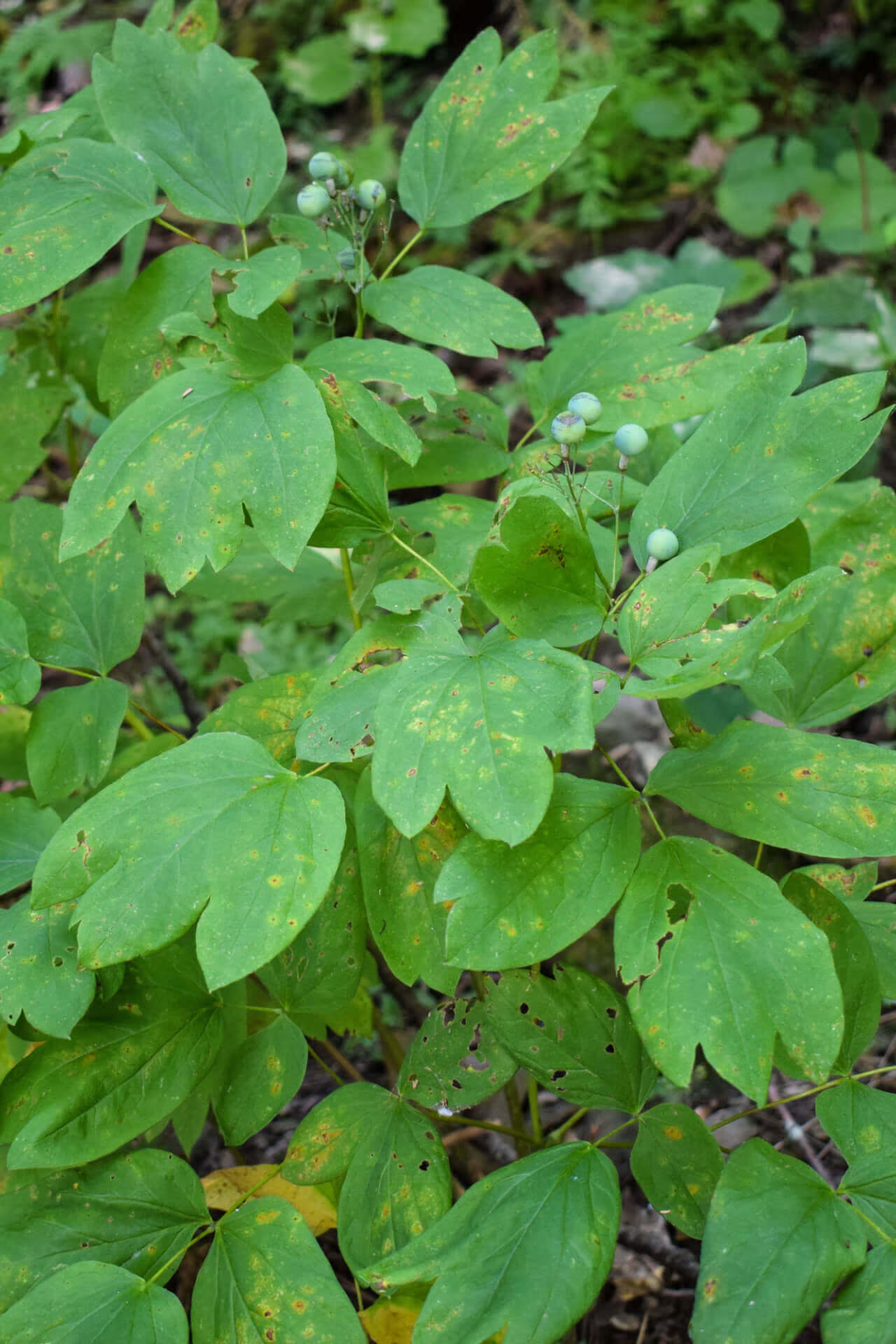
Striking Growth:
Blue Cohosh begins with a bluish stalk and grows up to two feet tall, creating an eye-catching vertical element in the garden. Its tall structure and branching panicles make it a standout plant.
Ideal for Shady Areas:
Thriving in shady, moist areas often lacking vegetation, Blue Cohosh transforms these dull spaces into vibrant, colorful parts of your yard. It revitalizes otherwise uninviting areas with its natural beauty.
Moisture Tolerance:
This plant is well-suited for moist soil, making it perfect for areas prone to dampness and mud. It thrives where other plants might struggle, providing reliable greenery in wet conditions.
Pollinator Friendly:
The flowers attract essential pollinators like bees and damselbugs, which are crucial for the health of your garden. These insects help ensure proper pollination and a thriving garden environment.
Caring Tips
How do I care for my Blue Cohosh?
Each box contains detailed care instructions and information about your product. But here's the basics.
Care Tips
Blue Cohosh grows best in well-drained, nutrient-rich soil with consistent moisture. Use mulch to retain dirt and moisture and protect roots. Water regularly during dry periods, but avoid waterlogged conditions. Trim dead foliage to promote healthy growth and prevent disease.
Light Requirements
Blue Cohosh thrives in partial to full shade, mirroring its natural woodland habitat. It prefers dappled sunlight under a canopy of trees, making it ideal for shaded garden areas with indirect or filtered light.
Hardy Planting Zones
3 • 4 • 5 • 6 • 7 • 8
Header
Use this content to share information about your store and products.
Frequently Asked Questions
How often should I water my plants?
How do I know if my plant is getting too much or too little sunlight?
What should I do to prepare my plants for winter?
What are the signs that my plant needs fertilizing?
How can I prevent pests from damaging my plants?
How do I choose the right plant for my climate zone?


